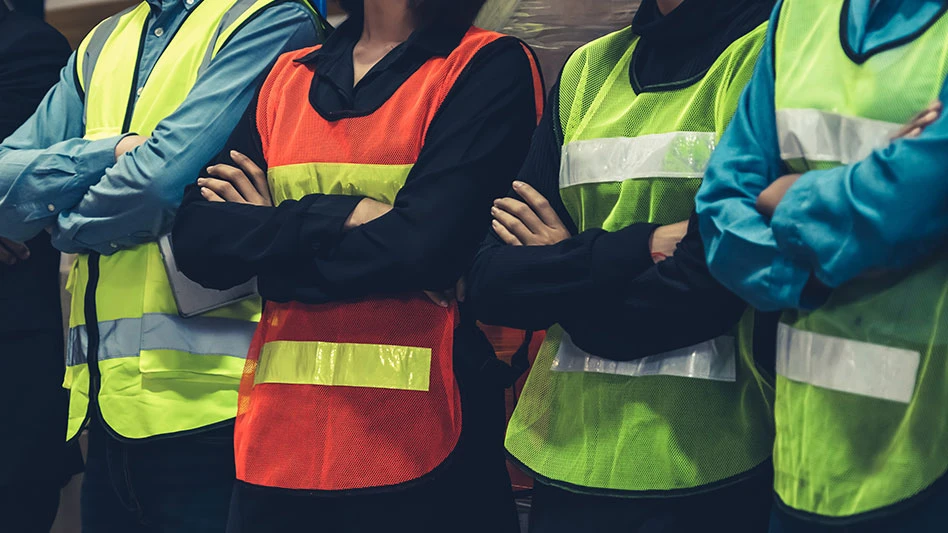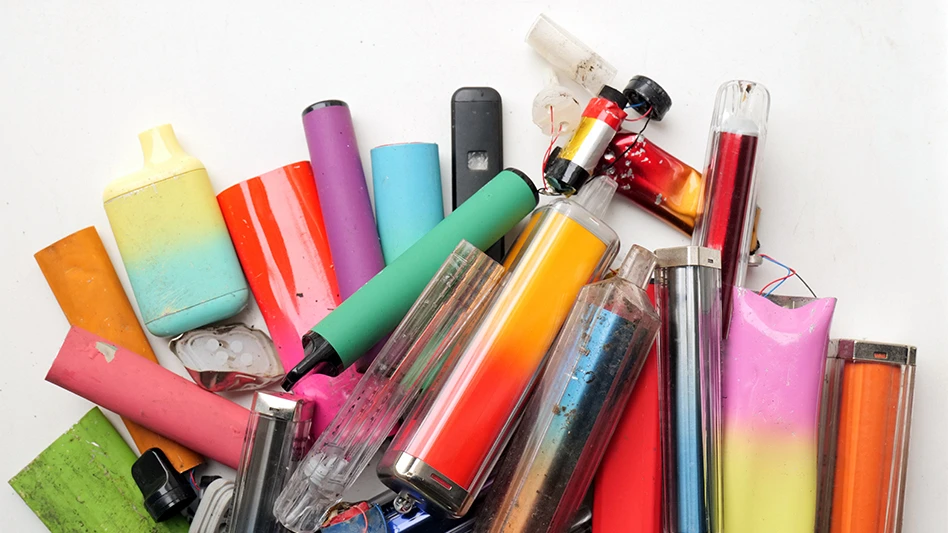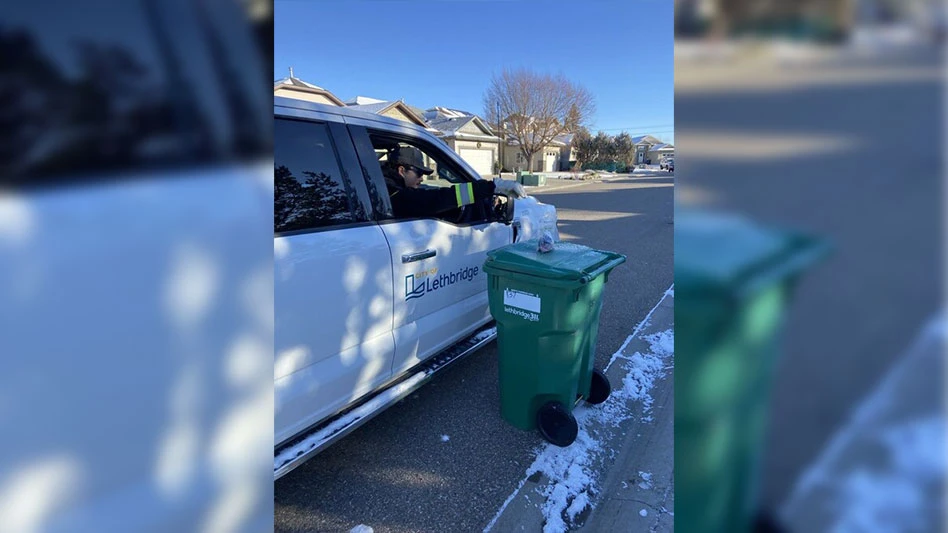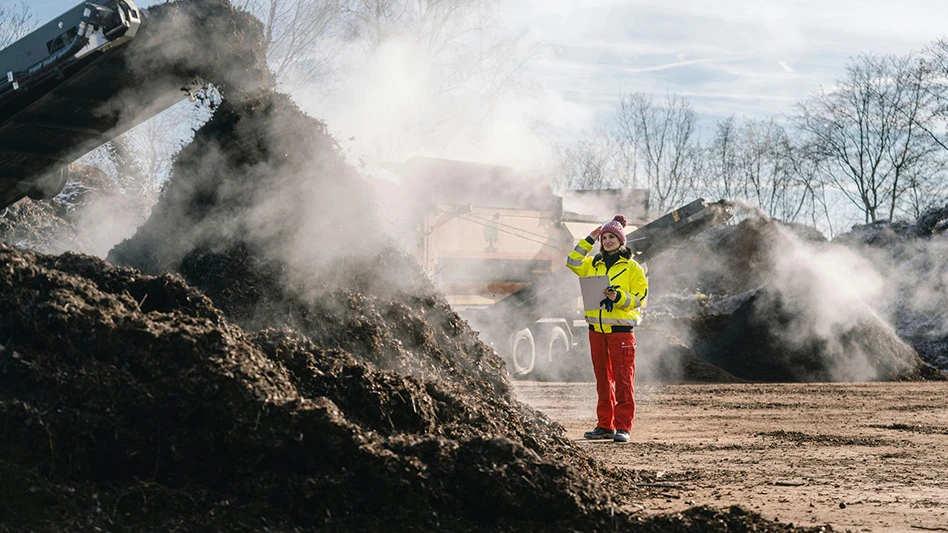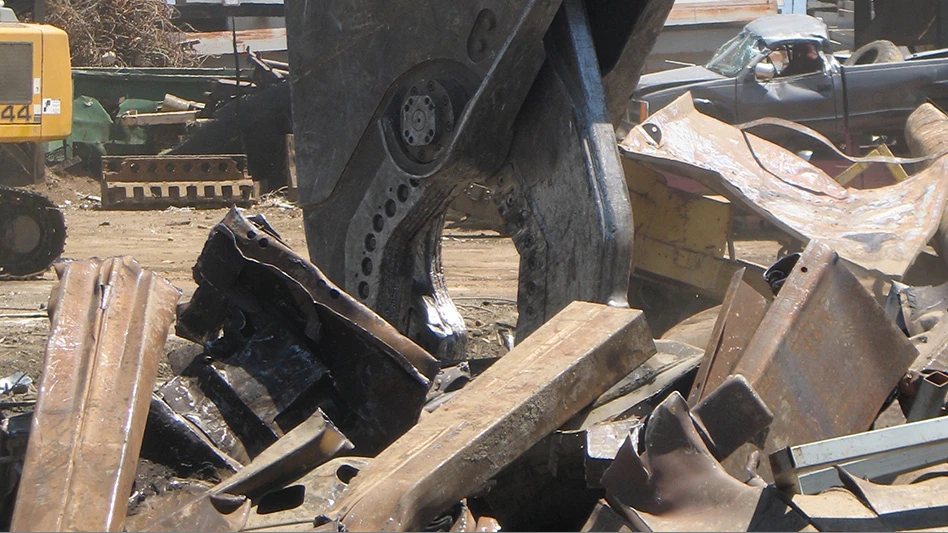Airlanco,
Each Pulse Jet Filter is custom engineered for its application and comes properly sized and outfitted with the filter media that is best suited for its operating environment and dust collection objective, the company says.
Pulse Jet Filters come in many sizes and filter bag configurations, but the cleaning cycle is the same throughout the line. Dust-laden air or gas enters the Pulse Jet Filter through a hopper inlet where it is directed toward a deflector that slows the airflow and causes heavier particles to fall directly into the collection hopper.
Lighter airborne particles follow the air stream into the dirty air housing where the filter bags are located. The particles collect on the outside surfaces of the filters. The filtered air then flows into the clean air plenum and exits the unit.
The clean air plenum houses rows of pulse jet pipes lined up over the rows of filter bags. Periodic signals from a programmable timed control open valves that allow short bursts of compressed air from an external supply to flow through the pulse jet pipes and reverse the airflow in each row of bag filters in sequence.
These compressed air pulses dislodge the surface dust from the filters so that it falls into the angled collection hopper, which helps funnel the dust and debris to an airlock for final disposal.
More information is available at www.airlanco.com.
Latest from Recycling Today
- Phoenix Technologies closes Ohio rPET facility
- EPA selects 2 governments in Pennsylvania to receive recycling, waste grants
- NWRA Florida Chapter announces 2025 Legislative Champion Awards
- Goldman Sachs Research: Copper prices to decline in 2026
- Tomra opens London RVM showroom
- Ball Corp. makes European investment
- Harbor Logistics adds business development executive
- Emerald Packaging replaces more than 1M pounds of virgin plastic
